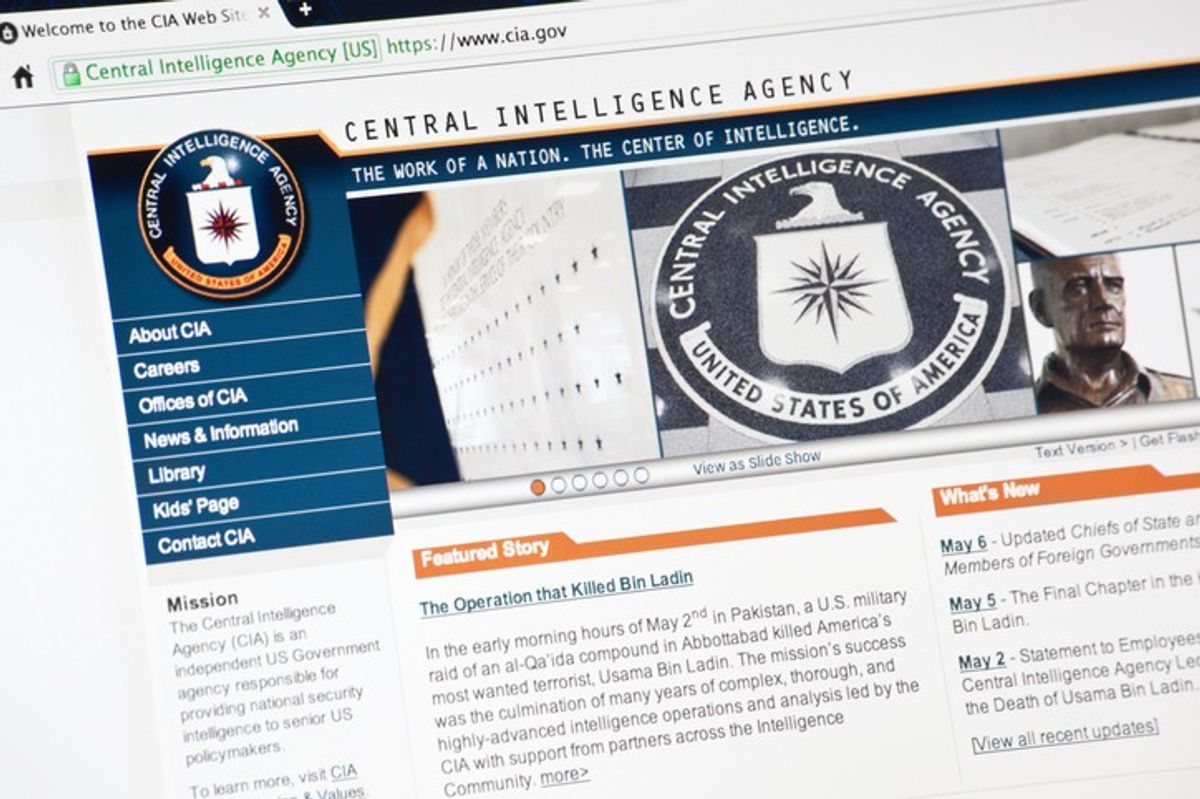A new DIA effort to attract a wider range of contractors and be nimbler is showing promise despite the hurdles it has to jump.
The "iHub" mechanism was instituted in September by Lt. Gen. Vincent Stewart, the DIA Director, and is aimed at connecting providers directly with DIA officers with intelligence-related challenges or needs. The focus is on finding innovative solutions mostly from smaller companies, especially those cutting-edge firms or start-ups that might not be familiar with the Intelligence Community. The goal is to implement solutions more quickly and cheaply using pilot projects and DIA seed funding. "Buy cheap, fail cheap," in the words of agency spokesman James Kudla.
The effort, Stewart said in a message this year to DIA employees, “is already showing significant success on key projects,” and he charged DIA officers “to create, test, and evaluate new ideas in partnership with private sector knowledge and expertise through the DIA iHub.”
The DIA, Kudla says, wants to attract new vendors, particularly those new to working with the Intelligence Community, “and, we want to use resources wisely and efficiently – not only save money, but also to get more for what we spend.”
David Shedd, former DIA Acting Director and Deputy Director, lauded the move, telling The Cipher Brief the agency “has long struggled to bring cutting-edge innovation from the commercial/private sector into the agency.” He pointed to “DIA’s slow and cumbersome acquisition processes” and “the ‘not invented/developed here’ mindset within DIA.”
The needs are advertised on the agency's online "NeedipeDIA" page, where the DIA has listings for the types of technologies it needs. Companies then send their one- or two-page proposals in classified or unclassified form to the agency. The DIA selects those of interest to participate in one of the quarterly “Industry Days,” held in the agency's iHub location at the DIA, where vendors meet with DIA personnel.
Product or application demonstrations are held on the vendor's system using the WebEx conferencing service. Although the demonstrations are conducted on the Web, the solutions are not all Web-based. If the solution appears promising, DIA can move to the pilot phase and pay to test the application on its systems for two to three months. After that, the DIA decides whether to go ahead with procurement.
The point is to fill DIA needs without doing a lot of development. The agency is working to cut the time it takes to introduce products in such areas as advanced analytic support, bulk translation, threat tracking, and discrete communications.
This method, Kudla said, allows the agency to see what the product can do without putting it on the DIA infrastructure; if the agency is interested in doing a pilot, it puts the proposed application on a DIA stand-alone for testing.
Seven companies participated in the agency’s first Industry Day in December, and two are now in pilots.
Recently, the DIA invited 20 vendors to attend an April Industry Day. The projects the agency is interested in include: the “development of a standoff and/or covert system that can aid in the detection, monitoring and classification of underground construction projects in any location worldwide;” “development of a discrete, hard to detect, reliable communications capability for secure data transmission by field personnel, without linking destination and source;” and “development of a system to correlate structured & unstructured data (text, objects, images, videos, etc.) on approved individuals to build human personas.” On the last one, the DIA cautions, “Information should be gathered with minimal traceability.”
Industry and academia submitted 33 proposals responding to 12 sets of requirements. The exercise yielded six initiatives that will go through the agency’s development process to the pilot phase.
Kudla said the agency is “encouraged” by the results of the two Industry Days so far and the pilots, but “it is too early to tell with a level of confidence what the impact ultimately will be on procurement and intelligence analytic efforts.”
Dr. Ben Nguyen, Chief Medical Informatics Officer at Pragmatics, an information technology firm that made a presentation to the DIA on a machine-learning program at the April Industry Day, said the company appreciated participating, and that “innovations like this are important to us.”
“We certainly hope this initiative will help us bring more solutions and innovation into DIA,” he said.
Shedd said the changes at DIA are an attempt to “promote greater agility in attracting innovative technology - hardware and software - into DIA in support of the warfighter by establishing the iHub initiative.”
“Some of those private-sector capabilities might contribute a small but critical element needed to make something work more efficiently or securely. In other instances, the commercial entity’s contribution may be much larger and represent a leap forward,” he said.
According to Shedd, the private sector offers DIA substantial advantages in such areas as big data processing, artificial intelligence, machine learning applications, and open-source exploitation.
Douglas Wise, a former Deputy DIA Director, said innovation at DIA is “very challenging given the oversight by the DoD General Counsel in terms of the demand for open competition.”
Wise, who left the DIA before iHub began, told The Cipher Brief the DoD restrictions aim to make sure the awarding of contracts is fair and makes sense in conventional acquisitions. When trying to acquire “revolutionary, imaginative, and innovative ideas and concepts so an organization can remain ahead of the challenges of the business,” becomes “extremely burdensome and illogical” under these conditions, he said
“How can you innovate using a process which takes months and years?” he asked. The response is simply, “you can’t.”
Wise said DIA has had to work within a “very restrictive interpretation” of federal acquisition regulations in order to innovate, but that the DIA has come up with a process to allow for the identification and adoption of new ideas and capabilities.
The iHub concept is innovative to the greatest degree possible and fully compliant with federal acquisition regulations, he added.
Steve Hirsch is a senior national security editor at The Cipher Brief.












